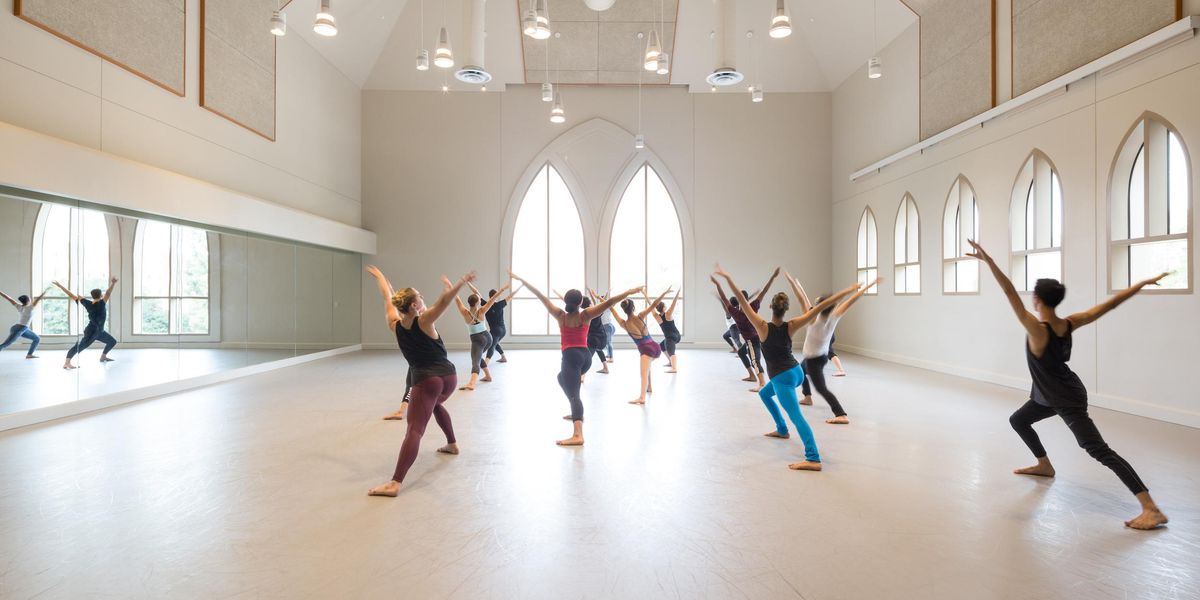The Royal Ballet
Royal Opera House, London
February 22–March 14, 2013
Performance reviewed: February 22
Pictured at right:
Frederico Bonelli and Marianela Nuñ
ez in Christopher Wheeldon’s
Aeternum.
Acclaimed throughout the world, until now the choreographer Alexei Ratmansky had never created a work for The Royal Ballet. So his debut here represented a coup for the company and generated enough advance publicity to pack the Royal Opera House on opening night.
Sharing the evening with another premiere and a lugubrious performance of Apollo, led by Carlos Acosta and Marienela Nuñez, his 24 Preludes lasted for 41 minutes and should have been the program’s main course. Instead, it came across as a series of unrelated dances, some no longer than 30 seconds, that fed us tasty bite-size portions of the artists’ talent and Ratmansky’s fluency with the classical vocabulary.
Resembling Dances at a Gathering without the humor and subtly shifting atmosphere, the piece propelled eight swooping, darting dancers through Jean Françaix’s heavy orchestrations of Chopin’s delicate piano music. Two girls flirted with a man who couldn’t decide between them. Several women gave fast-paced solos the sparkling polish of cut glass. A man, the gifted Stephen McRae, tore through a leaping solo like a whirlwind of fiery sparks. Two couples exchanged partners repeatedly, handing them back and forth with careful concern but little urgency.
Artists of The Royal Ballet in Alexei Ratmansky’s
24 Preludes
The fleeting romances and flashes of despair expired too quickly to imprint themselves on our imagination. So in the end, we saw some of the company’s finest artists, dancing beautifully, in an insubstantial array of challenging steps.
Christopher Wheeldon’s new Aeternum, his sixth piece for this company, provided all the drama and emotion that 24 Preludes had lacked. Set to the sonorous “Sinfonia da Requiem” by Benjamin Britten, who was a dedicated pacifist, and framed by Jean-Marc Puissant’s sculptural rendering of huge broken feathers, it gave shape to the music’s somber reflection on war. At its heart, Marianela Nuñez evoked both an anguished warrior, struggling to evade her dangerous duty, and a luminous sorrowing spirit, advancing toward an acceptance of death.
In a crumpled heap at the beginning, she seemed like a stricken victim, isolated and then bewildered as she groped her way among the four couples surrounding her; their knotted lifts could scarcely be seen in the dimness. When she vanished into their ranks, James Hay and two trios replaced the unsettled first movement with bounding bursts of ferocious energy that transformed their martial determination into a dance of death.
Finally, in a pas de deux as slow and tender as reconciliation, Nuñez and Federico Bonelli helped one another into the long peaceful future that awaits our final moments. Incredibly, her body appeared to lose substance as she danced, even before they turned their backs and walked away from us, a pair of silhouettes like human shadows united forever.
Photos
by Johan Persson, Courtesy ROH




